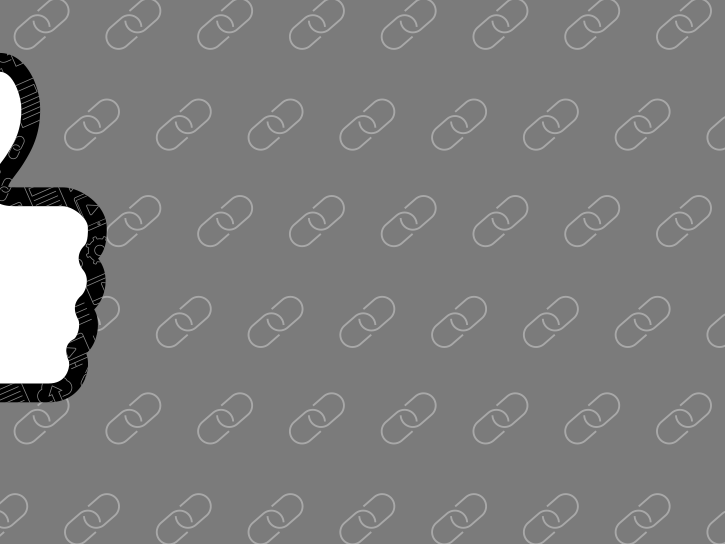Facebook’s continued algorithm shifts remind us that one of the few things we can count on in this world is change. And the evolution of Facebook as a maturing social platform impacts the value of its paid opportunities, specifically fan growth ads.
Facebook’s Evolution
In the past a Facebook fan base gave brands a significant opportunity to accumulate organic reach. This allowed and excited brands to rely more heavily on the fan growth ad unit to build their following since they were hitting their reach goals organically. Updates to the News Feed algorithm has since reduced organic reach, limiting the branded content delivered to fans and necessitating paid support behind content.
As organic reach has declined, investment in fan growth has become less cost effective because brands still needed to invest in boosted content to achieve reach. Now you’re needing to pay in two spaces: fan growth and paid reach. Facebook also acknowledges this shift and actively discourages brands from investing in growing their fan base. They also have not rolled out a fan growth ad unit on sister platform Instagram and have no plans to do so. This means all attention should be focused on ensuring the follower base you have and all those beyond your base see the content you’ve spent resources creating.
Spend to Engage Your Target
Facebook is still a strong platform for engaging consumers. It offers important consumer interactions and CRM opportunities you won’t find in other spaces. Brands can also secure guaranteed exposure for their content with engagement ad units like Promoted Posts. Using paid support ensures that a brand’s content makes it into the News Feeds of fans and prospects, and it creates testing opportunities that can give insight into what interests and messaging resonate with a target audience–ital information for knowing what to create next.
The bottom line is that Facebook is becoming a platform where all content requires some level of paid support to guarantee reach. During this planning cycle, we’re working with clients to determine the ratio of boosted to non-boosted content and the corresponding spending level based on the current fan base, target audience and geography.
Do Fans Still Matter?
In a word–yes. Algorithm changes continue to negatively impact organic reach, but there is still value in a fan because organic reach hasn’t hit zero. Fans are also hand-raisers that want to engage with a brand, and Facebook is an avenue in which to do that. In addition, Facebook users won’t take a brand with 200 fans seriously. Having a fan base legitimizes a brand in the eyes of those consumers.
That being said, the appropriate fan base size is not a one-size-fits-all number, and you will want to take into account factors like target audience, category, geography and competitive set. Additionally, Facebook offers an alternative option for conveying legitimacy to a brand’s target audience through a verification process (a blue or grey checkmark symbol widely understood to be a stamp of approval from Facebook that means this is the “real” brand page).
Fans are still valuable to brands, but the evolution of the Facebook platform means there is less return on the investment in fan growth ads. We look forward to working with you to determine the right fan base for your brand(s) based on the appropriate factors.
If you’re not a current client and want to learn more about what your brand should do when it comes to paid support on Facebook, please reach out to Ted Jun at tjun@hiebing.com
